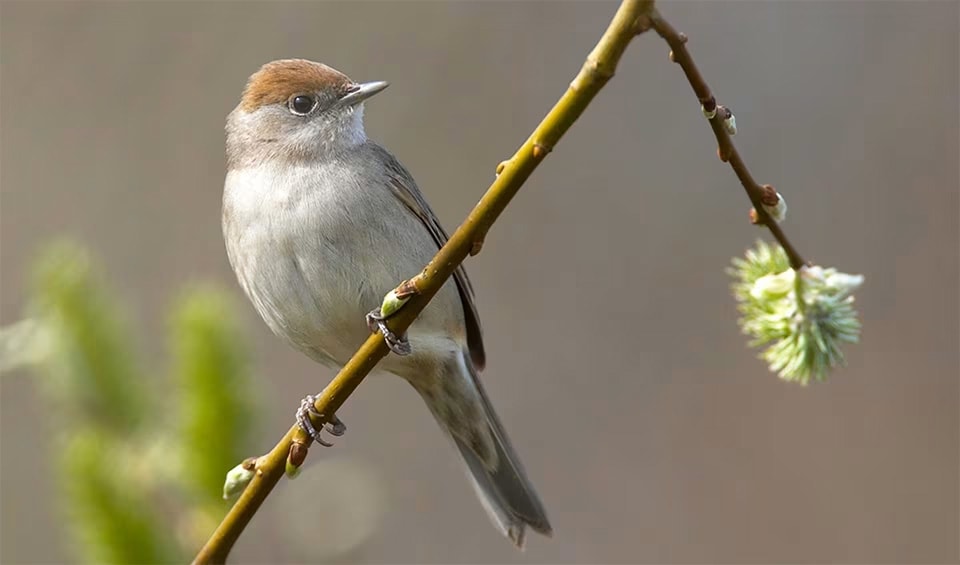Sylvia – Typical warbler
Active songbirds that are found in many parts of the world
“Typical warbler” is a term encompassing a diverse group of small, perching songbirds belonging to the family Parulidae, which includes over 100 species worldwide. These birds are renowned for their vibrant plumage, intricate songs, and migratory behavior, making them a favorite among birdwatchers and enthusiasts alike.
One of the defining characteristics of typical warblers is their slender build, long wings, and relatively short tails. Their beaks are often slender and pointed, adapted for probing into foliage in search of insects and other invertebrates, which form the bulk of their diet. Despite their small size, warblers are highly energetic birds, constantly flitting about in the dense vegetation of their forest habitats.
The plumage of typical warblers varies widely among species, with males often sporting brighter and more colorful feathers than females and juveniles. Their plumage serves multiple purposes, from camouflage in their forested habitats to signaling their health and vitality during courtship displays. Many warbler species exhibit striking patterns of yellows, greens, blues, and browns, which can vary greatly depending on age, sex, and geographic location.
One of the most remarkable features of typical warblers is their elaborate songs. Each species has its unique vocalizations, which are used for communication, mate attraction, and territory defense. Warblers are known for their complex and melodious songs, often characterized by rapid trills, whistles, and chirps. Their songs fill the air of their woodland habitats, adding to the rich tapestry of sounds found in these ecosystems.
Migration is a key aspect of the life history of many typical warblers. These birds undertake remarkable journeys, traveling thousands of miles between their breeding and wintering grounds. During migration, warblers face numerous challenges, including predation, adverse weather conditions, and habitat loss. Despite these obstacles, warblers have evolved remarkable navigational abilities, using celestial cues, landmarks, and magnetic fields to guide their journeys.
Species in this genus
Eurasian blackcap
The males, in particular, produce a rich and intricate song that contributes to their charm


